
This document is provided "as-is". Information and views expressed in this document, including URL and other Internet Web site references, may change without notice.
Some examples depicted herein are provided for illustration only and are fictitious. No real association or connection is intended or should be inferred.
This document does not provide you with any legal rights to any intellectual property in any Microsoft product. You may copy and use this document for your internal, reference purposes.
2014 Microsoft. All rights reserved.
Microsoft, MSDN, and Windows Azure are trademarks of the Microsoft group of companies. All other trademarks are property of their respective owners.
This guide from the Microsoft patterns & practices group, produced with the help of many people within the developer community, provides solutions for common problems encountered when developing cloud-hosted applications.
The guide:
- Articulates the benefit of applying patterns when implementing cloud applications, especially when they will be hosted in Windows Azure.
- Discusses the problems that the patterns address, and how these relate to Windows Azure applications.
- Shows how to implement the patterns using the features of Windows Azure, emphasizing benefits and considerations.
- Depicts the big picture by showing how these patterns fit into cloud application architectures, and how they relate to other patterns.
The majority of topics described in the guide are equally relevant to all kinds of distributed systems, whether hosted on Windows Azure or on other cloud platforms.
 Note: Note: |
|---|
| Our intention is not to provide a comprehensive collection of patterns. Instead, we chose what we think are useful patterns for cloud applications-taking into account the popularity of each one amongst users. Neither is this a detailed guide to the features of Windows Azure. To learn about Windows Azure see http://windowsazure.com. |
Contents of this Guide
In conjunction with feedback from a wide representation of the developer community, we identified eight categories that encompass the most common problem areas in cloud application development.
Category | Description |
|---|

Availability | Availability defines the proportion of time that the system is functional and working. It will be affected by system errors, infrastructure problems, malicious attacks, and system load. It is usually measured as a percentage of uptime. Cloud applications typically provide users with a service level agreement (SLA), which means that applications must be designed and implemented in a way that maximizes availability. |

Data Management | Data management is the key element of cloud applications, and influences most of the quality attributes. Data is typically hosted in different locations and across multiple servers for reasons such as performance, scalability or availability, and this can present a range of challenges. For example, data consistency must be maintained, and data will typically need to be synchronized across different locations. |

Design and Implementation | Good design encompasses factors such as consistency and coherence in component design and deployment, maintainability to simplify administration and development, and reusability to allow components and subsystems to be used in other applications and in other scenarios. Decisions made during the design and implementation phase have a huge impact on the quality and the total cost of ownership of cloud hosted applications and services. |

Messaging | The distributed nature of cloud applications requires a messaging infrastructure that connects the components and services, ideally in a loosely coupled manner in order to maximize scalability. Asynchronous messaging is widely used, and provides many benefits, but also brings challenges such as the ordering of messages, poison message management, idempotency, and more. |

Management and Monitoring | Cloud applications run in in a remote datacenter where you do not have full control of the infrastructure or, in some cases, the operating system. This can make management and monitoring more difficult than an on-premises deployment. Applications must expose runtime information that administrators and operators can use to manage and monitor the system, as well as supporting changing business requirements and customization without requiring the application to be stopped or redeployed. |

Performance and Scalability | Performance is an indication of the responsiveness of a system to execute any action within a given time interval, while scalability is ability of a system either to handle increases in load without impact on performance or for the available resources to be readily increased. Cloud applications typically encounter variable workloads and peaks in activity. Predicting these, especially in a multi-tenant scenario, is almost impossible. Instead, applications should be able to scale out within limits to meet peaks in demand, and scale in when demand decreases. Scalability concerns not just compute instances, but other elements such as data storage, messaging infrastructure, and more. |

Resiliency | Resiliency is the ability of a system to gracefully handle and recover from failures. The nature of cloud hosting, where applications are often multi-tenant, use shared platform services, compete for resources and bandwidth, communicate over the Internet, and run on commodity hardware means there is an increased likelihood that both transient and more permanent faults will arise. Detecting failures, and recovering quickly and efficiently, is necessary to maintain resiliency. |

Security | Security is the capability of a system to prevent malicious or accidental actions outside of the designed usage, and to prevent disclosure or loss of information. Cloud applications are exposed on the Internet outside trusted on-premises boundaries, are often open to the public, and may serve untrusted users. Applications must be designed and deployed in a way that protects them from malicious attacks, restricts access to only approved users, and protects sensitive data. |
For each of these categories, we created related guidance and documented common patterns designed to help developers solve problems they regularly encounter. The guide contains:
Next page
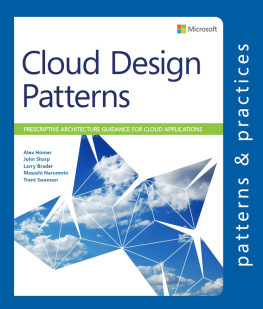

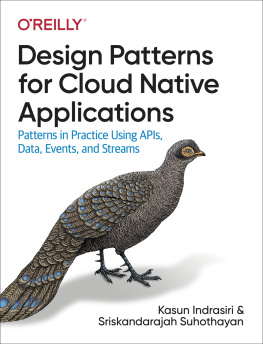
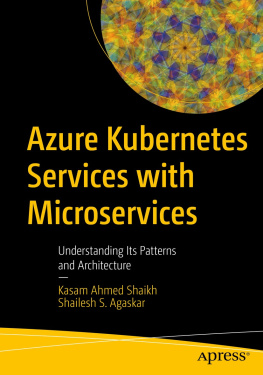
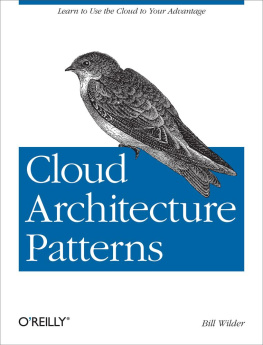
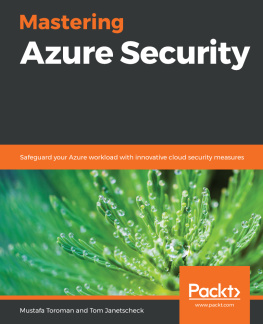
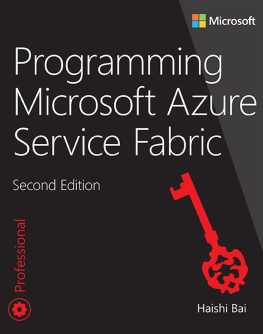
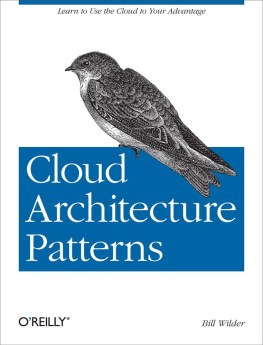

 Note:
Note:






